The information below was provided by the Global PWS Registry and approved by the Institutional Review Board (IRB)
--------------------------------------------------------------------------------------------
Physical activity and exercise are an important part of care for individuals with PWS. However, this can be difficult due to poor muscle tone and orthopedic issues. Many individuals require bracing, casting, and/or surgery for spinal issues. Here, we focus on data from the Global PWS Registry to provide information on the prevalence of spinal curvatures in individuals with PWS, as well as the types of treatment approaches they are undergoing.
Within the Global PWS Registry, 79% of individuals have seen an orthopedist specialist. As expected, the prevalence of spinal curvature increases with age, with 69% of registry participants 11 years and older diagnosed with some degree of spinal curvature. Of those with a diagnosed spinal curvature, the majority (66%) are diagnosed by age 10, and 85% are diagnosed by age 15, highlighting the importance of having an orthopedist in your care team during childhood and adolescence.
There are a variety of treatment approaches for individuals with spinal curvatures, including bracing, casting, and surgery. The types of treatment approaches for individuals within the Global PWS Registry changes with age. For individuals 0-10 years old, ~45% have undergone some type of bracing or casting, and another 35% have not undergone any treatment. A very small number of individuals ages 0-10 have had a spinal surgery. This shifts by age 11 and older, when ~35% of individuals with a spinal curvature have undergone at least one spinal surgery.
For those individuals with PWS who have had a spinal surgery, more than half (61%) of those are spinal fusions, where two or more vertebrae are fused together in order to stop movement between the two bones. The next most common type of surgery is placement of an expandable implant or rod to guide the spine during growth (23%). Because of the complexities in treating spinal curvatures, many individuals will undergo different treatments throughout life, starting in bracing/casting, and progressing into one or more surgeries later in life.
If your loved one with PWS has been diagnosed with a spinal curvature, your family is not alone. Deciding on what types of treatment to pursue, and at what ages are difficult decisions for families and caregivers, highlighting the importance of having a qualified orthopedist, preferably one familiar with the complexities of PWS, on your care team.
For more information on the Global PWS Registry, including how to join or to update your surveys, please visit pwsregistry.org or contact info@pwsregistry.org
Share this!
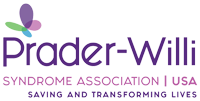
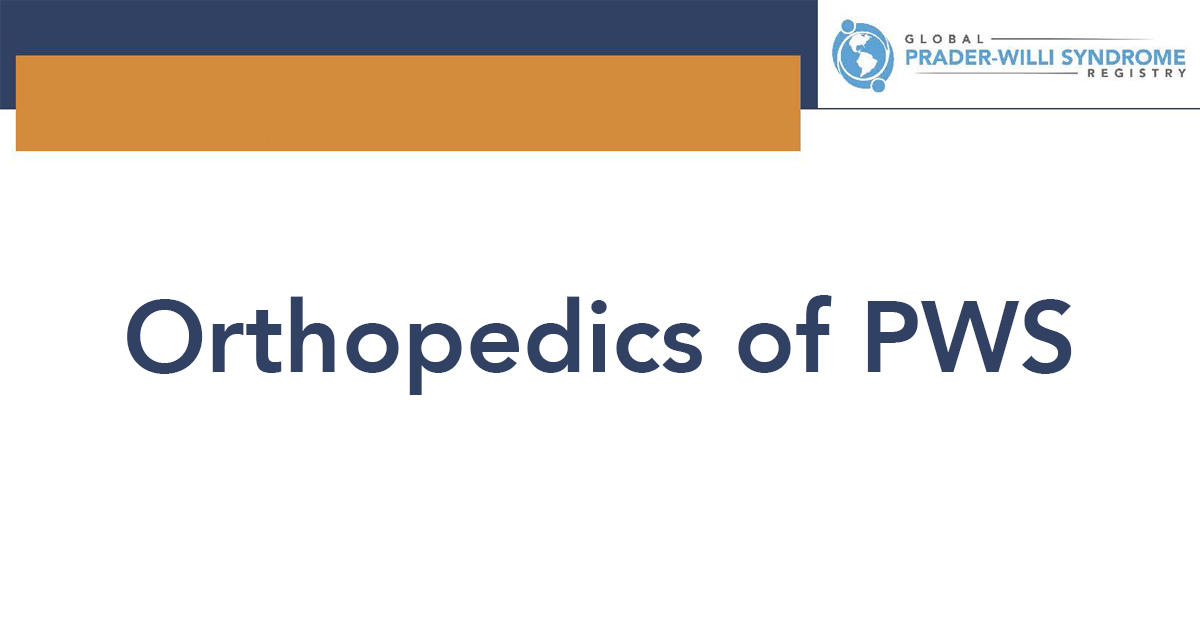
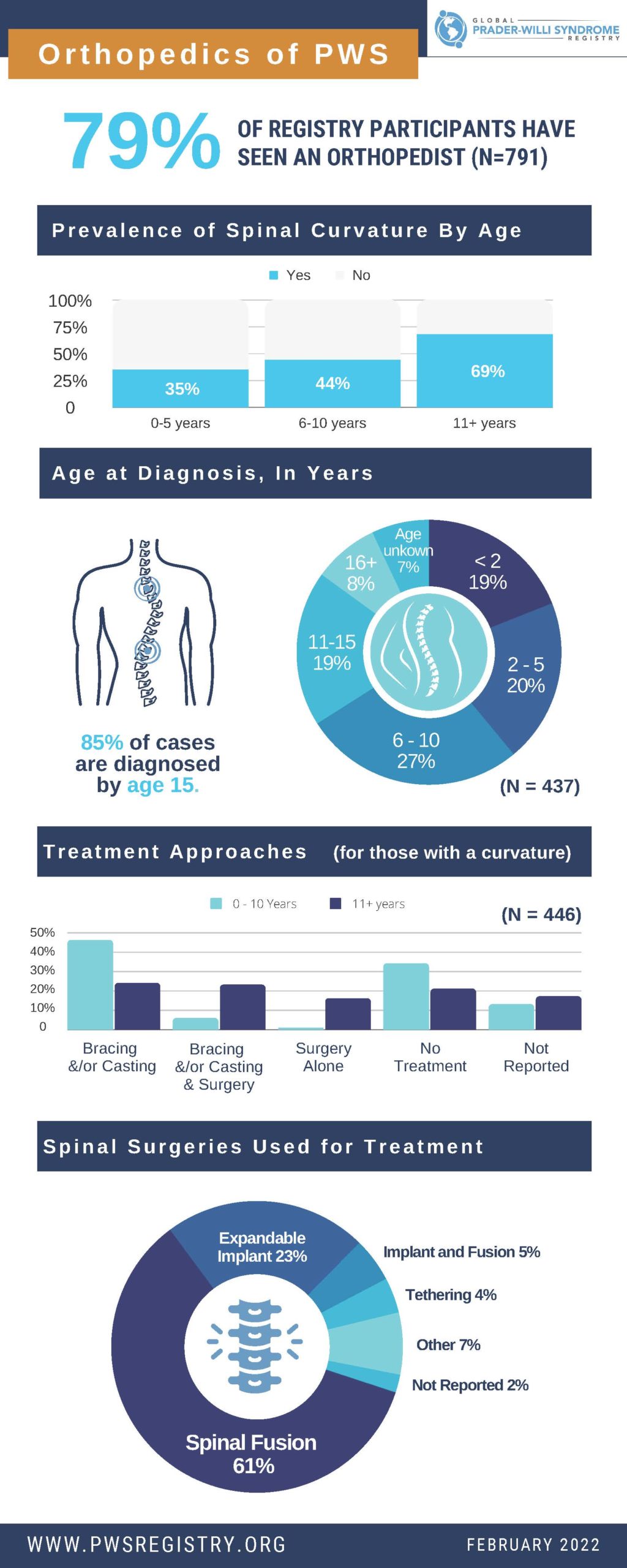

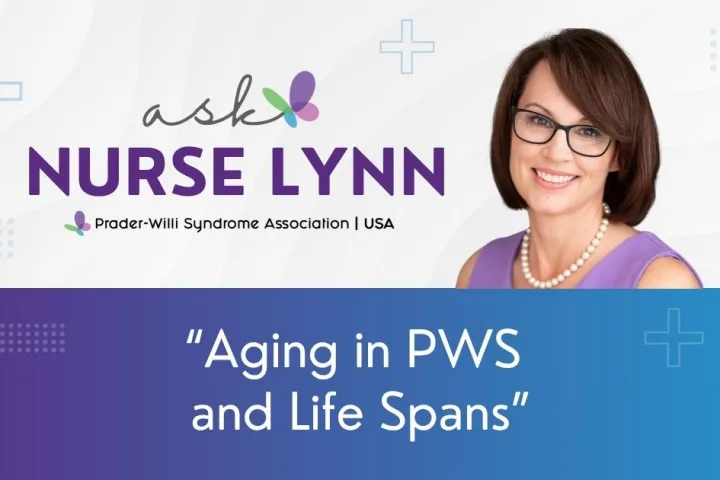

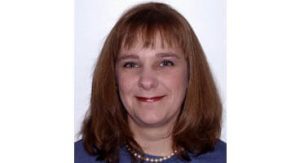 Jennifer Bolander has been serving as a Special Education Specialist for PWSA (USA) since October of 2015. She is a graduate of John Carroll University and lives in Ohio with her husband Brad and daughters Kate (17), and Sophia (13) who was born with PWS.
Jennifer Bolander has been serving as a Special Education Specialist for PWSA (USA) since October of 2015. She is a graduate of John Carroll University and lives in Ohio with her husband Brad and daughters Kate (17), and Sophia (13) who was born with PWS. Perry A. Zirkel has written more than 1,500 publications on various aspects of school law, with an emphasis on legal issues in special education. He writes a regular column for NAESP’s Principal magazine and NASP’s Communiqué newsletter, and he did so previously for Phi Delta Kappan and Teaching Exceptional Children.
Perry A. Zirkel has written more than 1,500 publications on various aspects of school law, with an emphasis on legal issues in special education. He writes a regular column for NAESP’s Principal magazine and NASP’s Communiqué newsletter, and he did so previously for Phi Delta Kappan and Teaching Exceptional Children.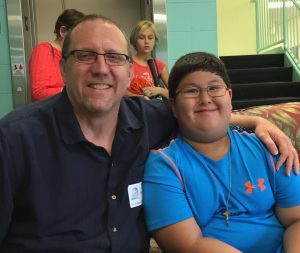 Evan has worked with the Prader-Willi Syndrome Association (USA) since 2007 primarily as a Crisis Intervention and Family Support Counselor. Evans works with parents and schools to foster strong collaborative relationships and appropriate educational environments for students with PWS.
Evan has worked with the Prader-Willi Syndrome Association (USA) since 2007 primarily as a Crisis Intervention and Family Support Counselor. Evans works with parents and schools to foster strong collaborative relationships and appropriate educational environments for students with PWS.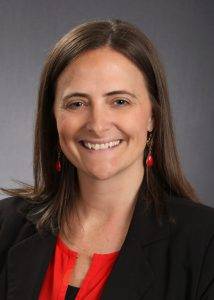 Dr. Amy McTighe is the PWS Program Manager and Inpatient Teacher at the Center for Prader-Willi Syndrome at the Children’s Institute of Pittsburgh. She graduated from Duquesne University receiving her Bachelor’s and Master’s degree in Education with a focus on elementary education, special education, and language arts.
Dr. Amy McTighe is the PWS Program Manager and Inpatient Teacher at the Center for Prader-Willi Syndrome at the Children’s Institute of Pittsburgh. She graduated from Duquesne University receiving her Bachelor’s and Master’s degree in Education with a focus on elementary education, special education, and language arts.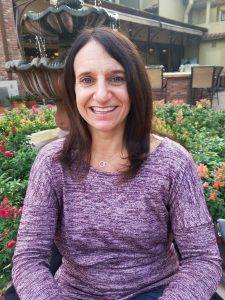 Staci Zimmerman works for Prader-Willi Syndrome Association of Colorado as an Individualized Education Program (IEP) consultant. Staci collaborates with the PWS multi-disciplinary clinic at the Children’s Hospital in Denver supporting families and school districts around the United States with their child’s Individual Educational Plan.
Staci Zimmerman works for Prader-Willi Syndrome Association of Colorado as an Individualized Education Program (IEP) consultant. Staci collaborates with the PWS multi-disciplinary clinic at the Children’s Hospital in Denver supporting families and school districts around the United States with their child’s Individual Educational Plan.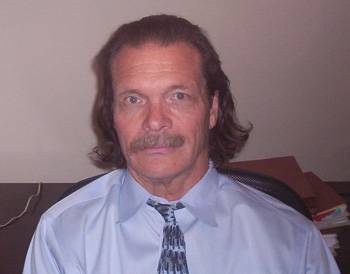 Founded in 2001, SDLC is a non-profit legal services organization dedicated to protecting and advancing the legal rights of people with disabilities throughout the South. It partners with the Southern Poverty Law Center, Protection and Advocacy (P&A) programs, Legal Services Corporations (LSC) and disability organizations on major, systemic disability rights issues involving the Individuals with Disabilities Education Act (IDEA), Americans with Disabilities Act (ADA), and the federal Medicaid Act. Recently in November 2014, Jim retired.
Founded in 2001, SDLC is a non-profit legal services organization dedicated to protecting and advancing the legal rights of people with disabilities throughout the South. It partners with the Southern Poverty Law Center, Protection and Advocacy (P&A) programs, Legal Services Corporations (LSC) and disability organizations on major, systemic disability rights issues involving the Individuals with Disabilities Education Act (IDEA), Americans with Disabilities Act (ADA), and the federal Medicaid Act. Recently in November 2014, Jim retired.